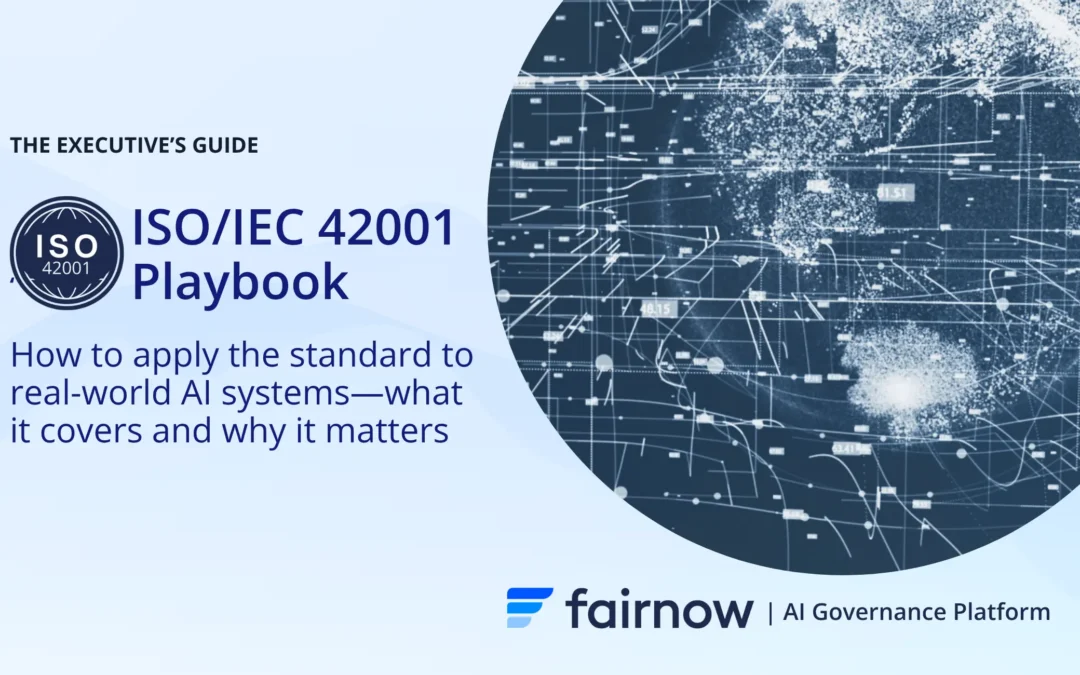What Is AI Transparency? The Simple Definition
Transparency of AI systems involves informing stakeholders about the system’s objectives and processes. This could include details about how the model was trained, what data is used, and how risks are mitigated.
The Technical Definition
AI transparency refers to the degree to which the inner workings and decision-making processes of an artificial intelligence system can be examined, understood, and verified by humans, particularly by those responsible for its design, operation, and oversight.
It involves providing insights into the data, algorithms, and logic that drive AI systems, making them less like black boxes and more open to scrutiny.
Explain It Like I’m Five
Okay, imagine AI is like a magic box that makes predictions or decisions. AI transparency is like having a clear window on the box so that we can see what’s happening inside.
It helps us understand how and why the AI does what it does, like showing its tricks. This way, we can make sure it’s fair, safe, and trustworthy, just like when we watch a magician’s tricks and want to know how they work.
Use It At The Water Cooler
How to use “AI Transparency” in a sentence at work:
“Hey team, when we use AI for customer recommendations, let’s maintain AI transparency so that customers feel like they’re getting advice from a friendly expert rather than a mysterious machine.”


